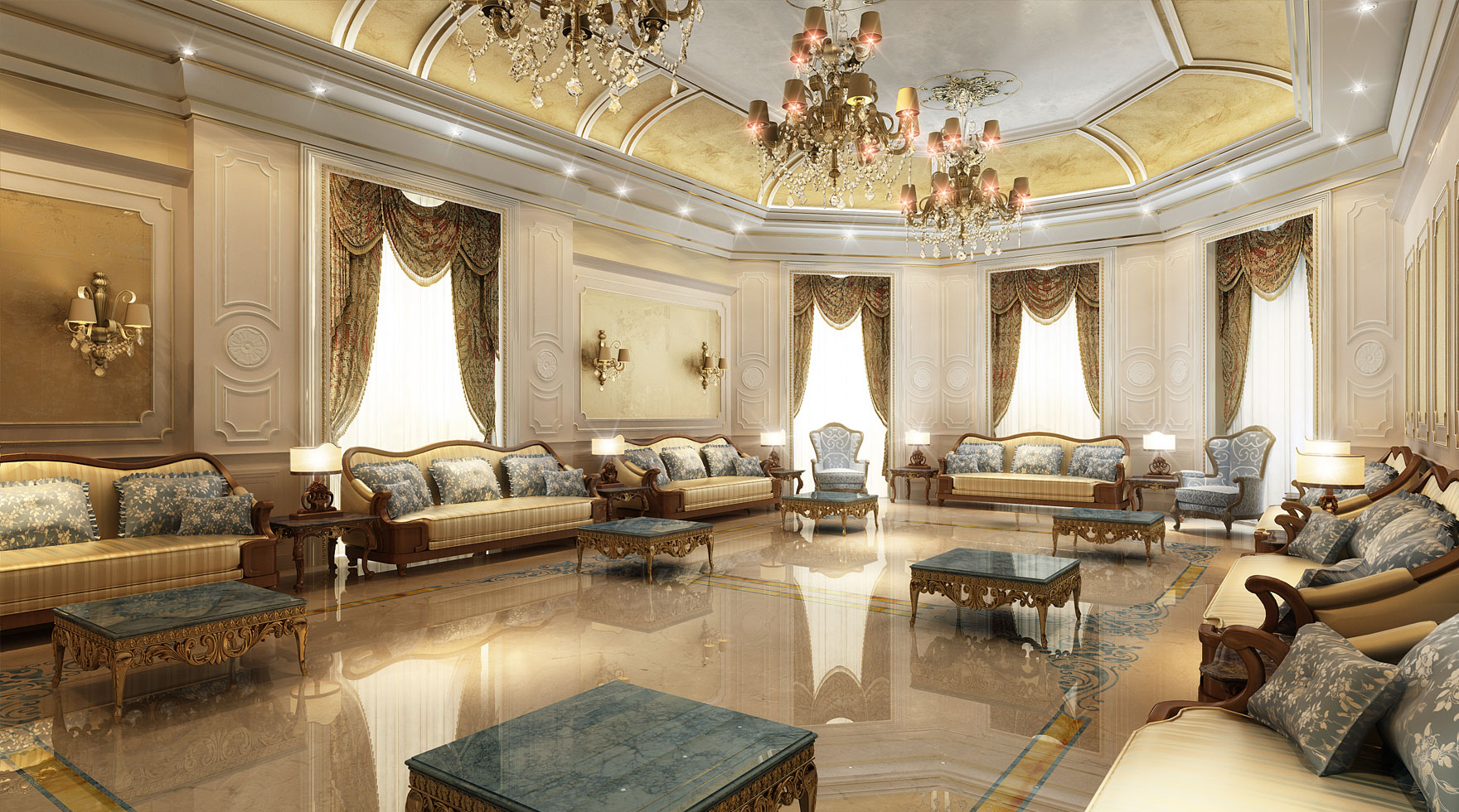Arabic majlis sofas have long been an integral part of Middle Eastern culture, serving as a center piece for gatherings, discussions, and relaxation. In recent years, the world of interior design has witnessed a fascinating evolution in Arabic majlis sofa designs, blending traditional aesthetics with modern innovations. Staying with the latest trends in this domain is essential for those seeking to imbue their living spaces with elegance and cultural richness.
Traditional Influences in Modern Designs of Arabic Majlis Sofa
The contemporary Arabic majlis sofa designs pay homage to their rich heritage while embracing modern sensibilities. Designers are adeptly blending traditional elements such as intricate carvings, arched backs, and ornate details with sleek, minimalist frameworks to create sofas that exude timeless charm yet fit seamlessly into modern interiors.
Color Trends

One of the defining characteristics of Arabic majlis sofas is the vibrant and diverse color palette. While rich jewel tones like deep blues, emerald greens, and ruby reds continue to be popular choices, there’s also a growing inclination towards softer, earthy hues such as sand, terracotta, and muted gold. These colors evoke a sense of warmth and luxury, transforming any space into a cozy retreat.
Material Choices

In the realm of materiality, there’s a delicate balance between honoring tradition and embracing innovation. While traditional materials like intricately woven textiles, plush velvet, and sumptuous leather remain perennial favorites, there’s a rising demand for sustainable alternatives. Designers are increasingly exploring eco-friendly materials like bamboo, rattan, and reclaimed wood, offering conscientious consumers the opportunity to make environmentally responsible choices without compromising on style.
Patterns and Textures

Arabic majlis sofas are renowned for their opulent patterns and textures, which add depth and character to any room. From geometric motifs inspired by Islamic art to intricate floral patterns reminiscent of Persian carpets, there’s a myriad of design options to suit every taste. In recent years, there’s been a trend towards mixing and matching different textures, such as pairing smooth leather upholstery with plush velvet cushions or incorporating handwoven textiles for a touch of authenticity.
Innovative Features

With the advent of smart technology, Arabic majlis sofas are becoming increasingly sophisticated, offering a host of innovative features aimed at enhancing comfort and convenience. From built-in charging ports and adjustable lumbar support to integrated LED lighting and remote-controlled reclining mechanisms, these futuristic sofas are revolutionizing the way we lounge and entertain.
Customization Options

In a world where individuality is prized, customization reigns supreme. Design-savvy consumers are seeking out bespoke Arabic majlis sofas that can be tailored to their exact specifications, from size and shape to fabric and finish. Whether it’s adding personalized embroidery, selecting unique hardware, or incorporating hidden storage compartments, customization options abound, allowing homeowners to express their personal style with confidence.
Influential Designers and Brands

Behind every iconic Arabic majlis sofa design is a visionary designer or brand pushing the boundaries of creativity and craftsmanship. From established names like Nada Debs and Zaha Hadid Design to up-and-coming talents like Rami Kashou and Maryam Al Suwaidi, these influencers are shaping the future of sofa design with their innovative concepts and bold aesthetics. By championing tradition while embracing innovation, they’re paving the way for a new era of luxury living.
Conclusion
The world of Arabic majlis sofa designs is a vibrant tapestry of tradition, innovation, and cultural heritage. From timeless classics to cutting-edge creations, the latest trends in this realm reflect a harmonious blend of old and new, East and West. Whether you’re drawn to the timeless elegance of traditional designs or the sleek sophistication of modern aesthetics, there’s a majlis sofa out there to suit every taste and style. By staying informed about the latest trends and exploring the diverse range of options available, you can transform your living space into a sanctuary of style and comfort that celebrates the richness of Arabic culture.
FAQs
Q: Are Arabic majlis sofas suitable for modern homes?
A: Absolutely! Many contemporary Arabic majlis sofa designs seamlessly blend traditional elements with modern aesthetics, making them perfect for modern interiors.
Q: How can I incorporate Arabic majlis sofas into my existing decor?
A: You can pair Arabic majlis sofas with contemporary furnishings for a stylish juxtaposition or complement them with traditional Middle Eastern decor for a cohesive look.
Q: Are there eco-friendly options available for Arabic majlis sofas?
A: Yes, there’s a growing demand for sustainable materials in sofa construction, and many designers are offering eco-friendly alternatives such as bamboo, rattan, and reclaimed wood.
Q: What are some key features to look for in a high-quality Arabic majlis sofa?
A: Look for sturdy construction, durable upholstery, and attention to detail in terms of design and craftsmanship.
Q: Where can I find the latest Arabic majlis sofa designs?
A: You can explore online platforms, visit furniture showrooms, or consult with interior designers specializing in Arabic-inspired decor to discover the latest trends and designs.
Read more : Seamless Sofa Upholstery Services Delivered to Your Doorstep in Singapore
